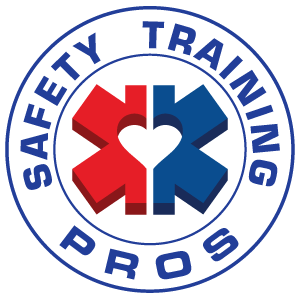- November 14, 2016Have you ever asked yourself, what is the rationale behind the steps for caring for an unresponsive person with an…
- October 8, 2015An automated external defibrillator (AED) is a lightweight, portable device that delivers an electric shock through the chest to the…
- September 9, 2015Digital certification cards are the electronic form of a print certification card. What the student does to receive the card…
- September 9, 2015If an accident were to occur today in your workplace, would you know what to do? Would the employees injured…
- September 9, 2015Have you been meeting your OSHA mandated CPR and First Aid training requirements for your employees online? Online training alone…
- February 17, 2014We've been working hard on creating some new videos for your viewing pleasure and we'll be rolling them out soon.…


